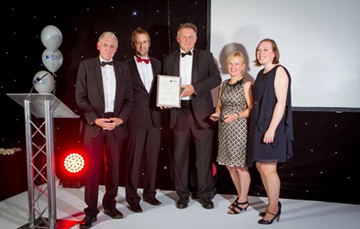Ventilation, comfort and health with COVID-19
Since our last blog the weather is taking it’s inevitable turn towards autumn and increased rain and lower temperatures. Having made the decision to re-occupy our building we are looking at how we can best create a comfortable and healthy internal space.
From a multi-sensory design perspective this is a many faceted problem:
- Our comfort is dependent on how well we can control our environment
- It is mediated by our ability and willingness to adapt to change.
- Minimising the possibility of infection is the principle driver of our decisions.
- We have to also consider the area of interplay between our own individual sense of comfort and security and the means of controlling the building services – ventilation, heating and lighting.
The current guidance given by CIBSE cites a growing awareness of airborne transmission as means of spreading the virus.
From a building services perspective, increased ventilation is the principle means of controlling Covid-related risk of transmission, whilst the rates of air movement required also pose a challenge to our need to minimise our energy use.
CIBSE have a detailed summary of the current understanding of effective measures to take in buildings and the thinking underlying this, see here for more information. The latest REHVA guide referred to in the CIBSE webpage also contains a good summary as shown below.
In our naturally ventilated c19th building we will have windows permanently open whilst staff are in the office, to provide the rates of ventilation required for the occupancy at the time. We are allowing a maximum of 50% of our full potential occupancy in our main studio. The problem is how to:
- have effective control of ventilation to create safe conditions that satisfy current recommendations
- accommodate our personal feelings of safety and comfort
- achieve these objectives in an energy efficient way
The recommendation is to monitor air quality in rooms using CO2 sensors and this will help give an indication of how much to open windows or adjust mechanical ventilation. Using our own sense of air moving as a guide may be enough to control CO2 levels and to satisfy our own personal sense of comfort and security.
It is certain that it will take time to learn how to operate our building to suit these new requirements. Previously we only had to consider if we are feeling warm or cold, whether the air feels stuffy and if the lights need to be on or off.
Whilst we have learnt to be vigilant about remembering to shut windows and turn off lights when not required, we are now faced with overriding these behaviours and to introduce new considerations vital to our health.
It’s going to take a while to find how we make our workplaces safe and energy efficient. And there is no doubt that both issues are essential for creating a healthy future on a healthy planet.

